Hydronic heating systems provide centralized home heating. Some systems also offer hot water for household use. A hydronic system is one alternative to a forced-air furnace, the most prevalent heating system in the United States.
Several types of hydronic systems can be installed in homes. Some designs utilize heaters to deliver heat to rooms, while others radiate heat beneath the flooring. Each type of hydronic heating has advantages and disadvantages. Hydronic heating systems can be wonderfully effective in some homes and inefficient in others.
What Is a Hydronic Heating System?
A hydronic heating system provides space heating by circulating a hot liquid, typically water, but some systems use oil. The liquid is heated and pumped through pipes to distribute heat to the house. The cooled liquid returns to the heater, and the process repeats.
Hydronic systems can use different types of heaters. Boilers are standard and used by nine million homes in the U.S., mainly concentrated in the northeastern states. One key difference between a boiler vs furnace is the way they distribute heat. A boiler heats the liquid, the liquid heats the pipes’ surfaces, and heat is transferred to ambient air. In contrast, furnaces heat air directly, distribute it, and the heated air mixes with ambient air.
Understanding the Basics of a Hydronic Heating System
Hydronic systems have three components–a centralized heating system, a distribution system, and a heat exchange system.
The centralized heating system heats the fluid. Various heaters can be used, including natural gas or oil boilers, heat pumps, wood furnaces, and solar heaters. The chosen heat source depends on the homeowner’s preference and the practicality of the source.
The distribution system pumps the fluid to the heat exchangers and back to the heating system to be reheated. The distribution system includes one or more thermostats, at least one pump, pipes, and valves.
The heat exchange system is the means of transferring the liquid’s heat to the house. The hot fluid in the pipes heats through thermal radiation and natural convection. Natural convection is the tendency for heated air to rise. In some systems, heat is transferred from the pipes to a surface, such as a floor, and then to air. Radiator systems transfer heat directly to the air.

Find the Ideal Furnace for Your Home: View Our Products
Types of Hydronic Heating Systems
There are several types of hydronic heating systems used in homes today:
-
Radiant floor systems
-
Baseboard heaters and radiators
-
Hydro-air heating
Radiant Floor System
In a radiant floor system, the heated liquid is pumped to tubing laid in loops under the floors—the warmth from the liquid transfers to the floor, and objects, then into the air of the rooms.
“Wet” floor installation is the traditional method of embedding the tubes in concrete or another material on top of the subfloor. “Dry” floor installation is the newer method of laying lines in the space beneath the floor or suspending them between joists beneath the subfloor.
Radiant floor systems dictate the home’s flooring material. Tile, wood, and concrete are compatible with radiant floors, but carpet is not. Radiant floor systems have evolved into wall and ceiling radiant systems as well.
Baseboard Heaters and Radiators
Baseboard heaters and radiators can be self-contained units with internal liquid reservoirs or components of a central heating boiler system. Metal fins around the water pipe or reservoir in the unit distribute heat to the room. As the heat rises from the unit, it warms the air and surrounding objects.
Traditional radiators circulate steam from water heated in the boiler. Modern radiators circulate hot water using electric pumps. According to the U.S. Department of Energy, hot-water radiators are the second most common heat source in new homes.
Hydro-Air Heating
A hydro-air heating system combines hydronics with forced-air heating. A boiler heats and pumps water to the furnace’s air handler. Hot water flows through the heating coil, and the heat transfers to air in the furnace. A fan pushes the heated air through the home’s ductwork to distribute heat.
The system’s boiler can also provide hot water for household use. Hydro-air heating can be used with a tankless water heater, but that requires additional equipment.
Types of Heaters for Hydronic Heating Systems
Hydronic heating systems rely on a hot liquid to provide heat. Various heaters can be used to heat the liquid:
-
Tankless water heater
-
Solar water heater
-
Heat pump
-
Combi boiler
Pros and Cons of a Hydronic Heating System
Understanding the pros and cons of hydronic heating systems is essential before selecting one for your home.
Pros of Hydronic Heating Systems
Homeowners with hydronic heating systems enjoy many benefits over those with forced-air systems.
-
Reduces Allergens - Hydronic systems don’t circulate airborne particles like dust and other allergens.
-
Separate Zones - Living areas are generally warmer than bedrooms. A hydronic system allows you to control the temperature in each room with separate thermostats.
-
Humidity Levels - Hydronic systems provide ambient heat, which helps maintain comfortable humidity levels in homes. In contrast, forced-air systems heat air, which dries the air out.
-
Warm Floors - Warm floors are a significant benefit of radiant floor systems. The heat from forced-air systems quickly rises, leaving floors cold and drafty.
-
Quiet Operation - Hydronic systems operate quietly, unlike forced-air systems that produce noises from furnaces firing up, air rushing through the ducts and vents, and expanding and contracting duct metal.
-
Even Heating - Houses with hydronic systems have less temperature stratification because heat radiates from the floors or heaters to low-lying air and objects in the room as the heat rises.
-
Energy Efficient - Water conducts and retains heat better, requiring less heat energy than air. Unused heat is retained in the distribution system. Hydronic systems’ pipes are small and easily insulated to reduce heat loss. Less energy is consumed to distribute heat in hydronic systems because they circulate a small amount of hot fluid.
-
No Ducts - Ducts consume space in the walls and ceilings, lose heat during distribution, must be maintained, and are expensive and complicated to install in existing houses.
-
Durable - Hydronic systems have few moving parts and require little maintenance, making them more durable and long-lasting than forced-air systems.
Cons of Hydronic Heating Systems
Despite the many benefits, hydronic systems have some disadvantages.
-
Takes Longer to Heat Up - Water must be heated and pumped to every part of the house, which takes longer than heating and distributing air from a forced-air system. Hydronic systems are not recommended for cold climates that require instantaneous heat.
-
Space Requirements - Baseboard heaters and radiators occupy space in the house and affect curtain and furniture placement. Pipes consume space inside the walls, although the space consumed is much less than ductwork.
-
Maintenance - Hydronic systems are not maintenance-free. The expansion tank must be occasionally drained or efficiency will be compromised.
-
Difficult Access - In the unlikely event that a pipe leaks or bursts, walls or floors will be torn up to access the pipe.
-
Installation Considerations - Hydronic systems must be carefully planned out in advance to be efficient. If the warming elements are not ideally placed, they won’t effectively distribute heat. Installing a hydronic system in an existing house is a significant and expensive construction project.
-
No Ductwork for Air Conditioning - Hydronic systems only provide heat, unlike the ductwork of forced-air systems that can be used for heating and cooling. Installation of a second system for cooling is costly.
-
Potential Freeze Issues - The water in the pipes can freeze and damage the system during power outages in cold conditions.
-
Lack of Ventilation - Hydronic systems do not circulate and filter pollutants from the home’s air like forced-air systems do. Other means for improving your home’s air quality are necessary.

Find the Ideal Furnace for Your Home: View Our Products
Conclusion
You have many options for heating your home. Hydronic systems are not for every home, but they are ideal for others. Hydronic heating is energy efficient, durable, provides even heating, and can supply the home’s hot water. Plus, who doesn’t like the idea of warm floors? Every hydronic system operates differently and has different pros and cons. Doing your research before choosing a system is imperative.
Frequently Asked Questions
How long do hydronic heating systems last?
Hydronic heating systems last 15 - 20 years, about the same as gas furnaces. On the other hand, hydronic floor systems last much longer, about 35 years.
Are hydronic heating systems efficient?
Hydronic heating systems are one of the most efficient ways to heat your home. Water conducts and retains heat better than air, requires less energy and less heat is lost from water pipes than ducts.
Is hydronic heating worth it?
According to the U.S. Department of Energy, heating costs make up about 45% of the average home energy bill. One way to reduce energy costs is by installing an energy-efficient heating system. Hydronic heating can be expensive, but it can save you money.
A professional or do-it-yourself home energy assessment is one way to determine where energy is wasted and what improvements can be made to reduce energy consumption. You can save 5 - 30 % on your energy bill by implementing the suggestions of your energy audit.

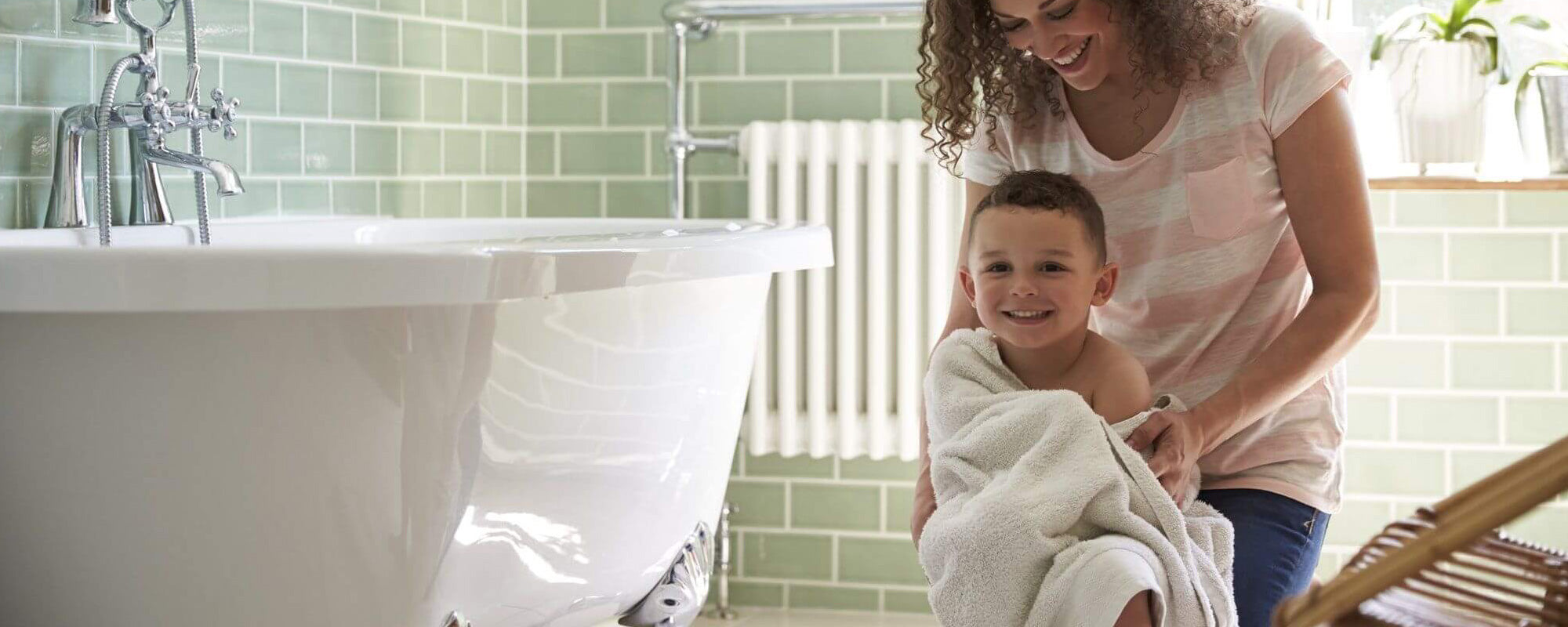
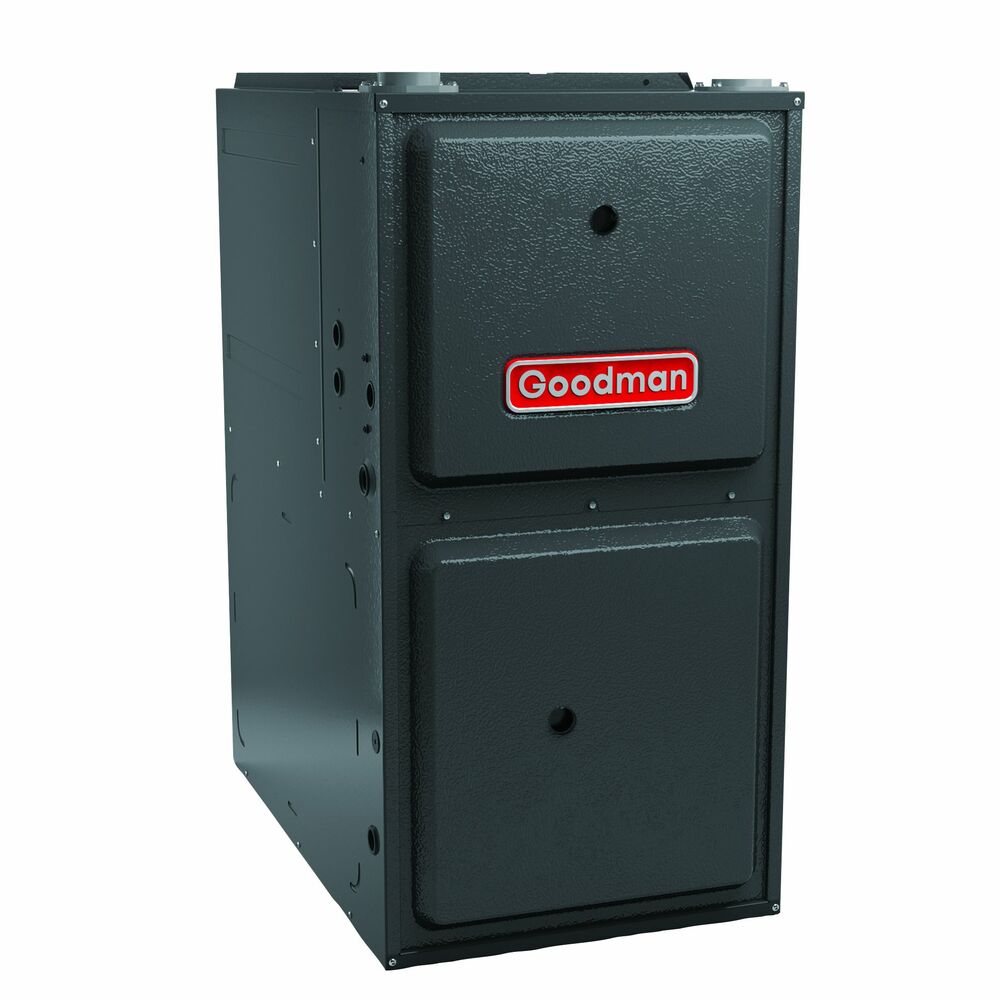
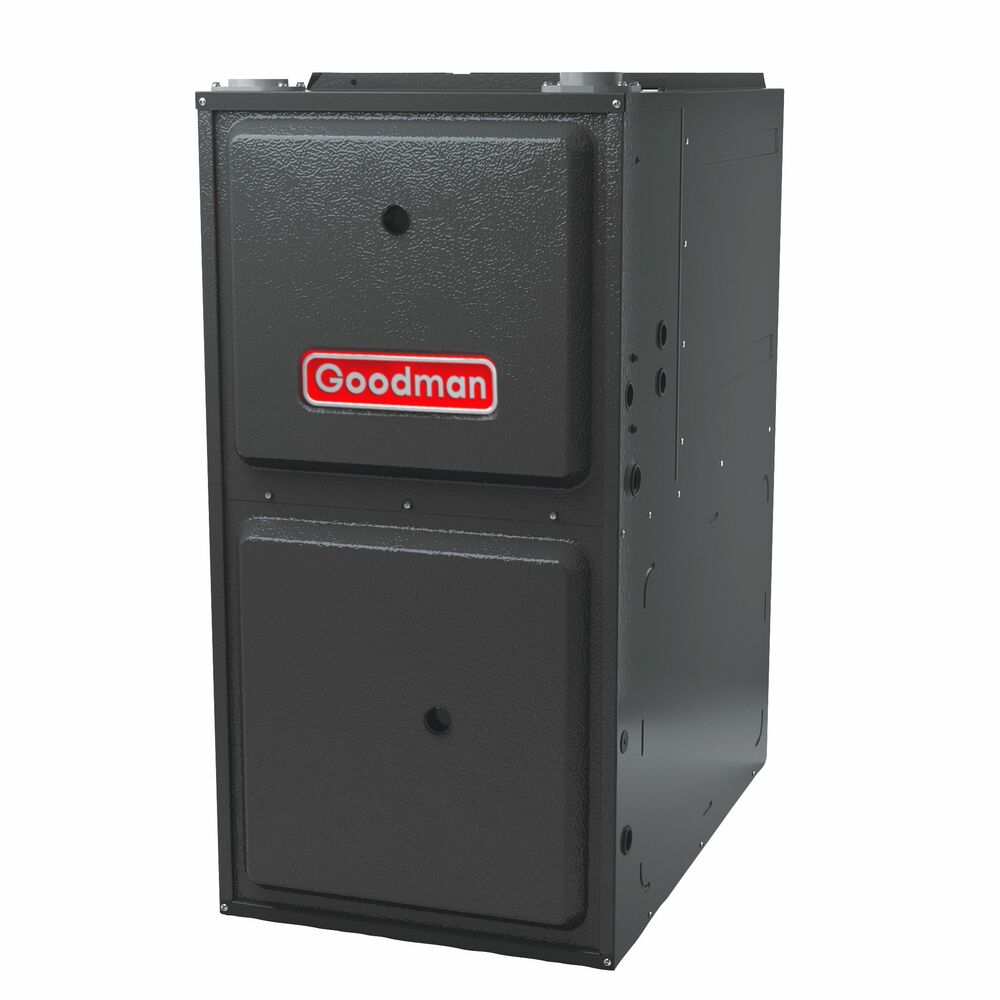
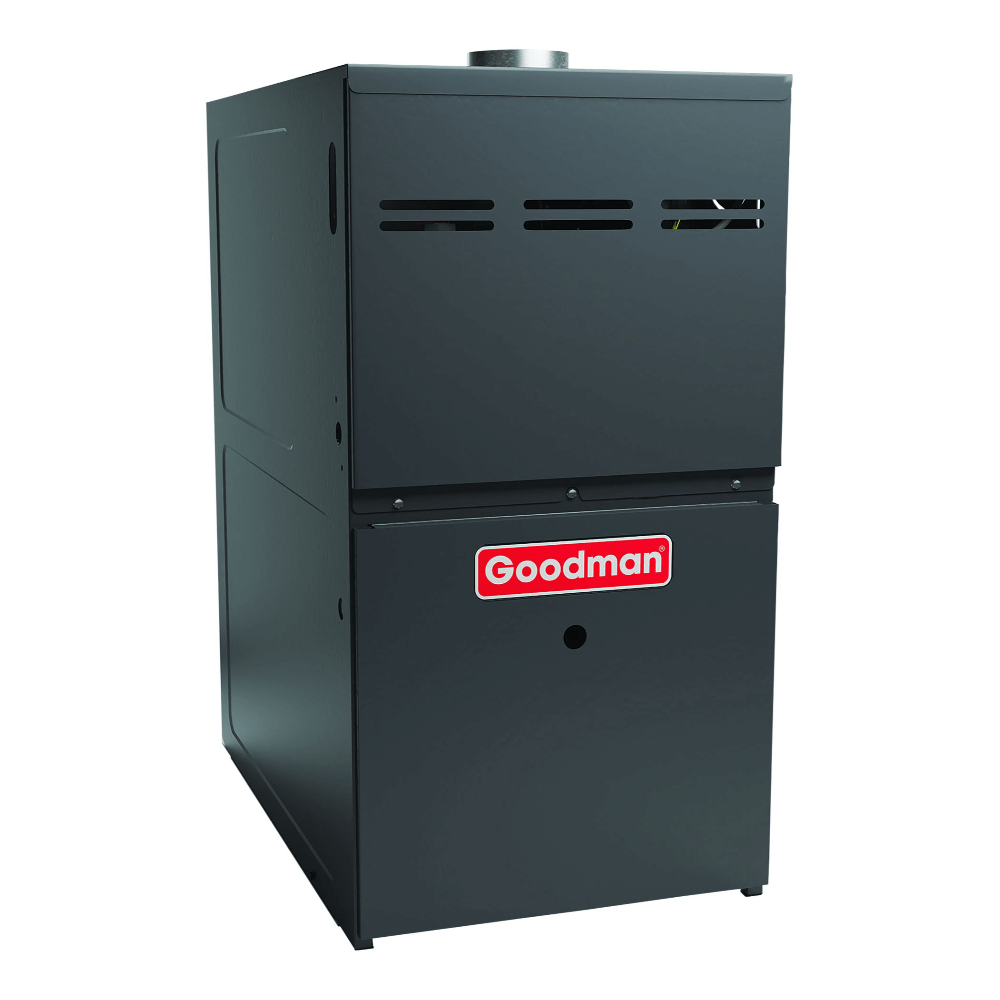
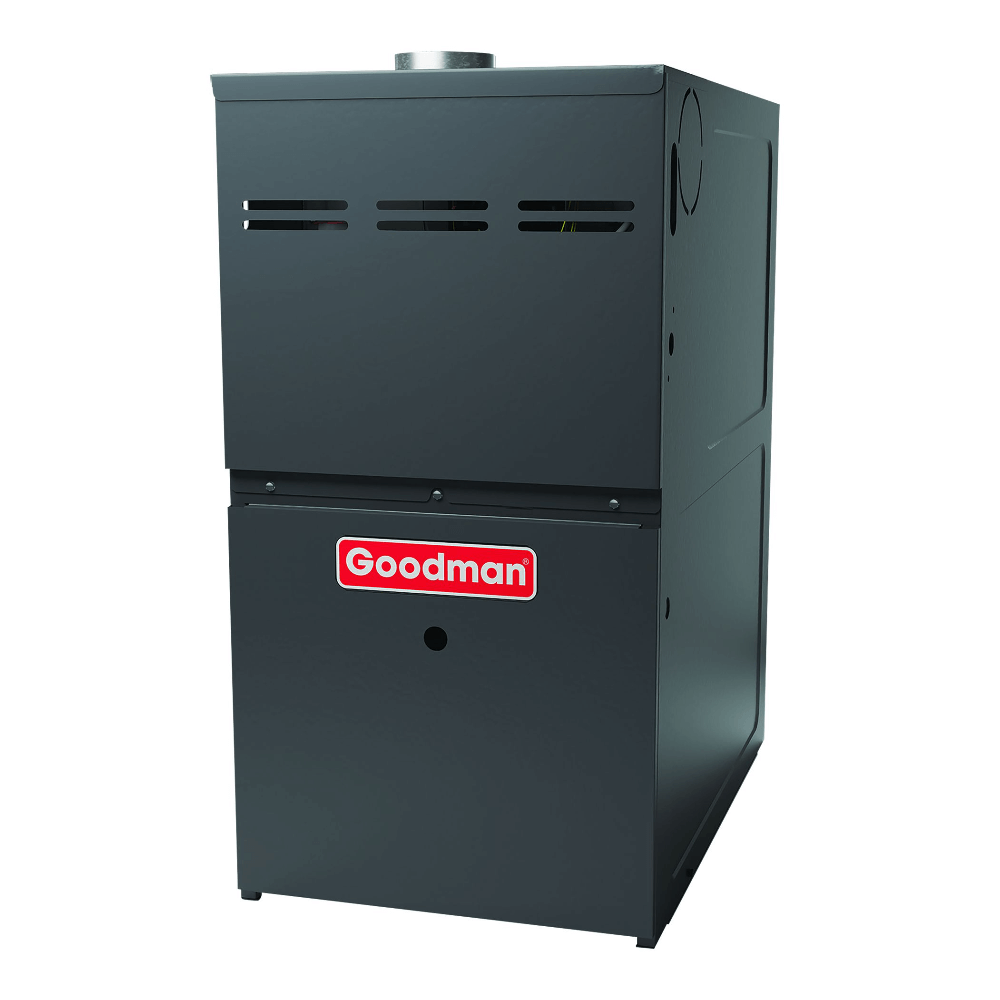
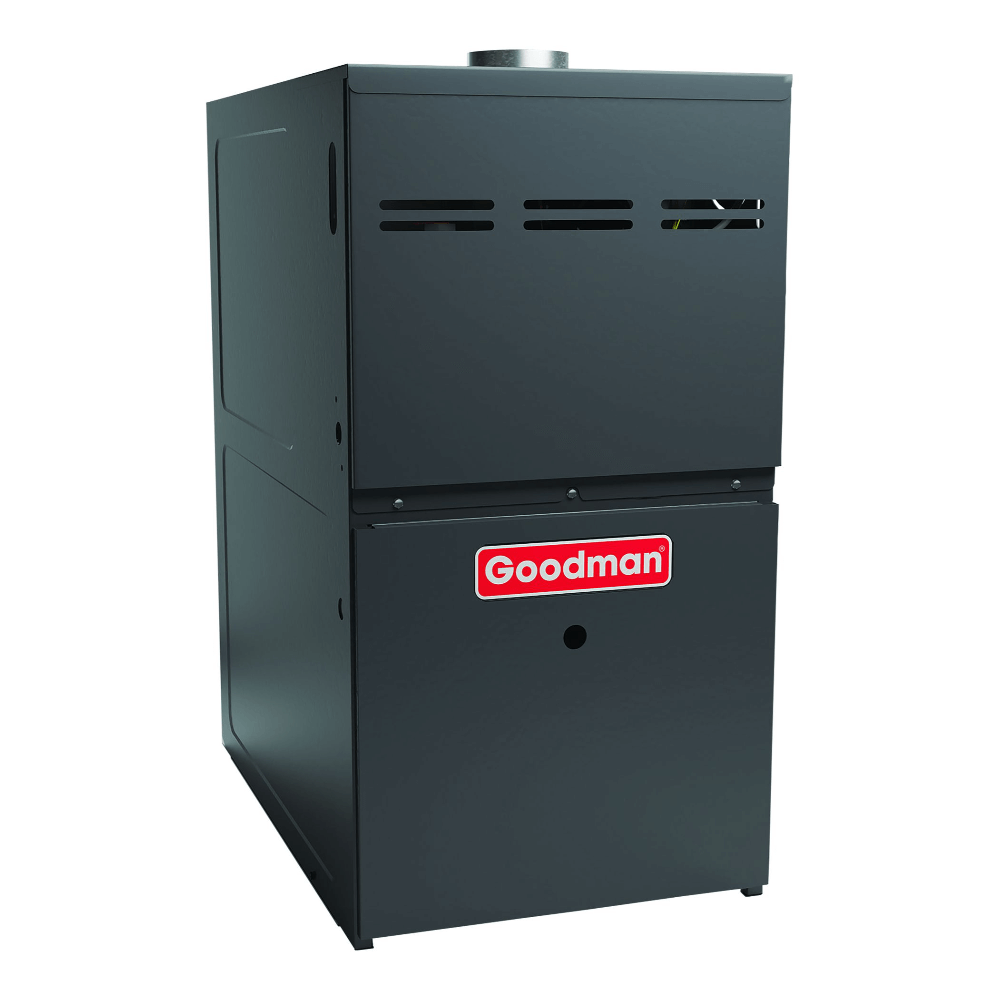
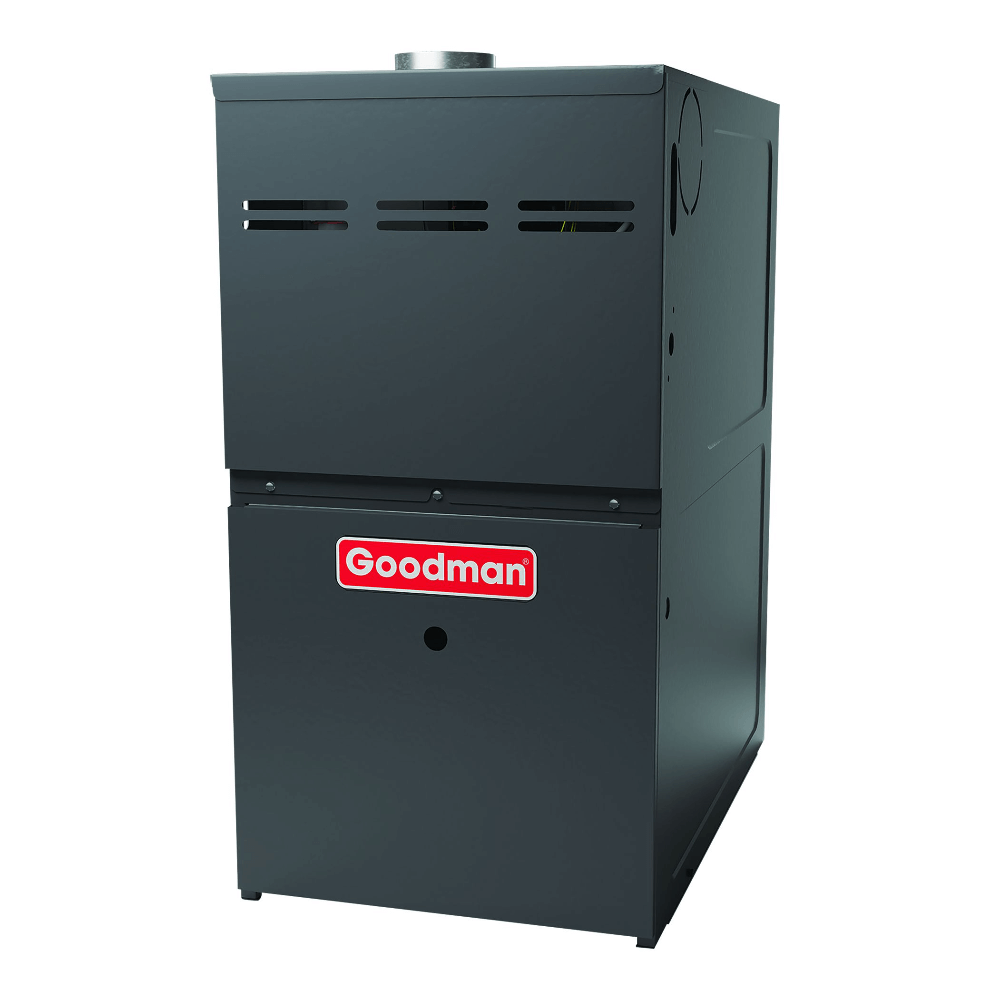
3 comments
James
How to bleed air from different zoom?
Plumbers Klamath Falls
What a comprehensive guide to hydronic heating systems! This blog provides a clear and detailed overview of the various types of hydronic systems, their components, and the pros and cons associated with them. I appreciate how it breaks down the information in a way that is easy to understand for someone new to hydronic heating.
The section on the types of heaters for hydronic systems and their pros and cons is particularly helpful for those looking to make an informed decision for their homes. Additionally, the pros and cons of hydronic heating systems offer a balanced view, helping readers weigh the benefits and potential challenges.
The inclusion of tips on maintenance and the conclusion that highlights the energy efficiency, durability, and even heating provided by hydronic systems adds practical value to the content. Overall, this blog serves as a valuable resource for anyone considering a hydronic heating system for their home. Great job on delivering such insightful content!
Sam Andrews
I love the fact that hydronic heaters are completely ductless, thus reducing the need to set up additional structures. Winter is quickly approaching and the last thing I need is for my bedroom to feel cold at night. I’m going to call a contractor to make the right installation fast. https://adelaideheat.com.au/hydronic-heating-servicing